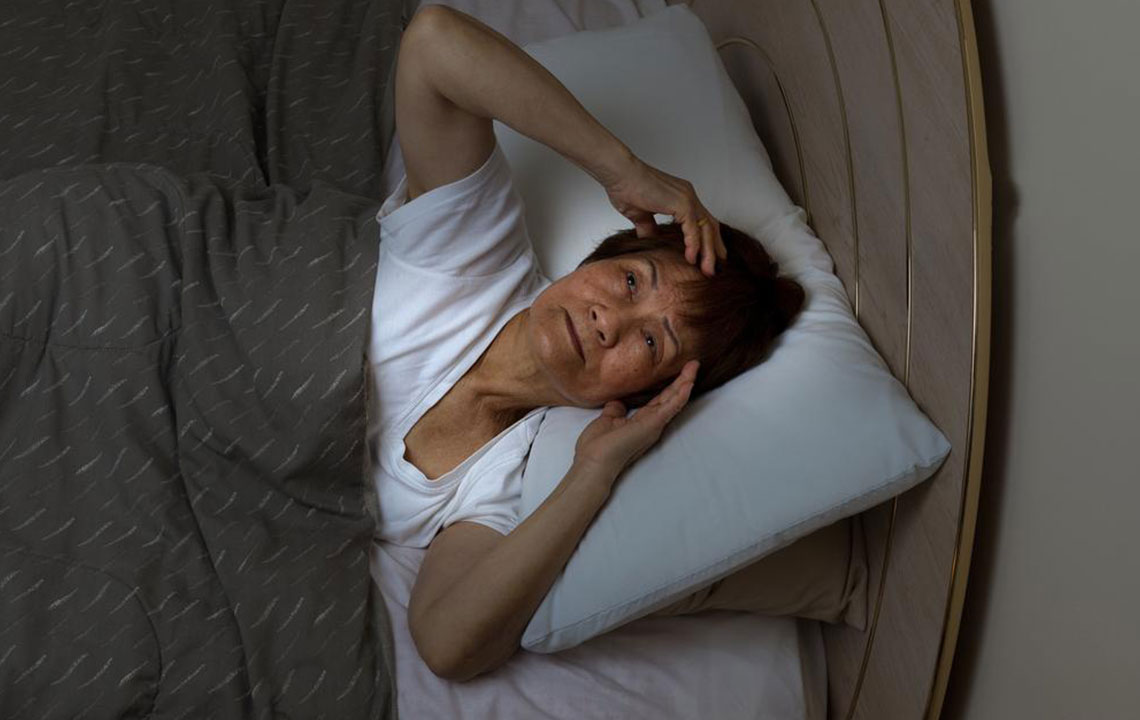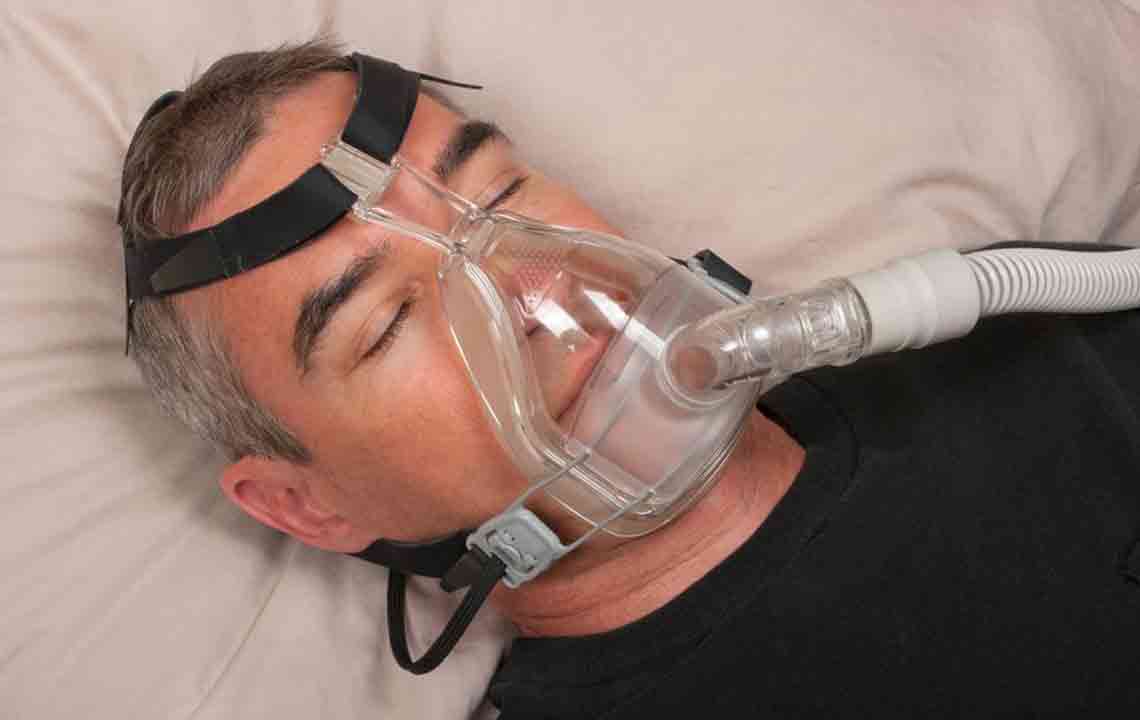Comprehensive Guide to REM Sleep Behavior Disorder: Causes, Symptoms, and Effective Treatments
This comprehensive guide explores REM sleep behavior disorder, detailing its causes, clinical features, safety precautions, diagnostic methods, and treatment options. It emphasizes the importance of early diagnosis, safety measures, and the latest medical therapies available to improve the lives of those affected by this sleep disorder, especially its links to neurological diseases and the potential for targeted treatments in development.

Comprehensive Guide to REM Sleep Behavior Disorder: Causes, Symptoms, and Effective Treatments
Sleep disorders affect millions of people worldwide, with a wide spectrum of conditions ranging from common issues like snoring and insomnia to more complex and less understood disorders. Among these, REM sleep behavior disorder (RBD) stands out due to its unique characteristics and potential association with serious neurological conditions. This detailed article explores the intricacies of RBD, including its causes, risk factors, diagnostic methods, safety precautions, and available treatment options. Understanding this disorder is crucial for early diagnosis and management, ultimately improving patient safety and quality of life.
Sleep is an essential component of overall health, facilitating physical and mental restoration. During sleep, our brains cycle through various stages, including rapid eye movement (REM) sleep, characterized by vivid dreams and muscle paralysis. Typically, during REM, the body's muscles are temporarily paralyzed, preventing individuals from physically acting out their dreams. However, in REM sleep behavior disorder, this typical paralysis fails, allowing individuals to physically enact their dreams through movements such as kicking, punching, or thrashing. This abnormal motor activity not only disrupts sleep but can also pose significant safety risks to the individual and their bed partner.
Understanding RBD is important because it often occurs in conjunction with neurological disorders like Parkinson’s disease, Lewy body dementia, multiple system atrophy, and narcolepsy. Research indicates that the majority of people diagnosed with RBD are over the age of 50, with the incidence increasing as age advances. While the exact mechanisms remain under investigation, it is believed that neurodegeneration affecting brain regions responsible for muscle atonia during REM sleep plays a central role. Furthermore, certain medications and substances may exacerbate symptoms or increase susceptibility to RBD.
Diagnosing RBD involves a comprehensive evaluation based on clinical history, symptom description, and specialized sleep studies. The International Classification of Sleep Disorders (ICSD) provides precise criteria for diagnosis, emphasizing repeated episodes of abnormal movements, vocalizations, or noises during sleep that correlate with vivid dreams. Patients often recall their dreams vividly and may report episodes of sudden movements or vocalizations upon awakening. During sleep studies—polysomnography—clinicians observe increased muscle activity during REM sleep, which deviates from normal paralysis patterns.
It is essential to differentiate RBD from other sleep disorders such as obstructive sleep apnea, restless legs syndrome, or nightmare disorder, as management strategies vary significantly. Safety measures are critical in managing RBD to prevent injuries. These include removing sharp or hazardous objects from the sleep environment, padding furniture, and utilizing bed rails or other protective devices. Some practitioners recommend installing window guards or securing furniture to prevent falls or injuries during episodes. Creating a safe sleeping environment can significantly reduce the risk of harm to patients and their bed partners.
Modern treatment approaches focus on pharmacotherapy, with two medications shown to be equally effective in controlling symptoms. Clonazepam, a benzodiazepine, is often prescribed for its sedative and muscle-relaxant properties, which suppress abnormal movements during REM sleep. Melatonin, a natural hormone, has also demonstrated efficacy in reducing episodes and improving sleep quality, with fewer side effects. However, caution is advised with certain medications, as some—particularly those used for anxiety or other mental health conditions—may exacerbate symptoms or cause adverse effects such as dizziness, daytime sleepiness, or worsened sleep apnea.
Recent research is exploring alternative and complementary therapies, including dietary supplements and behavioral interventions, to reduce the severity of RBD symptoms. For example, studies on melatonin have shown promising results in managing symptoms while minimizing side effects. Additionally, ensuring good sleep hygiene and managing underlying neurological conditions can play a role in overall treatment success. Ongoing clinical trials aim to develop more targeted therapies that address the neurodegenerative processes underlying RBD, potentially offering hope for better management and even prevention in the future.





